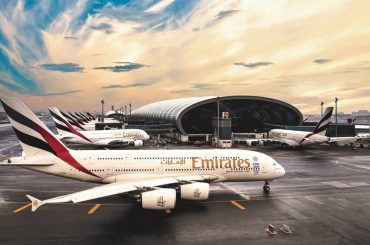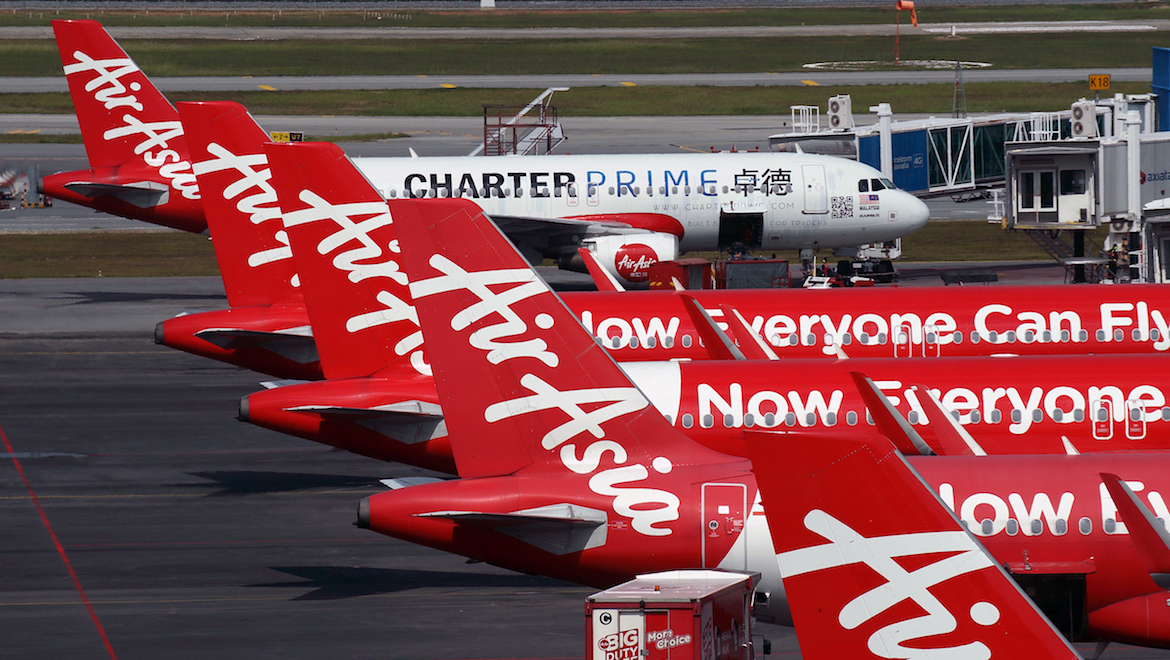This story from Tom Ballantyne about China and Russia’s challenge to Airbus and Boeing in the commercial aircraft sector first appeared in the June 2019 edition of Australian Aviation.
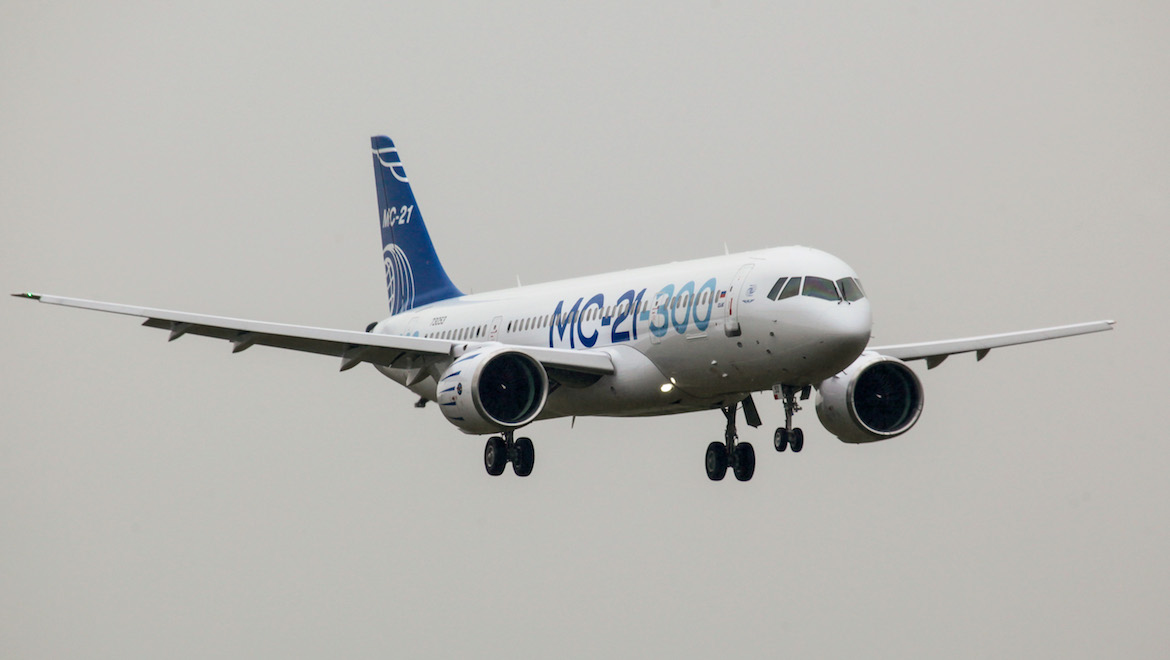
Ask any executive from Boeing or Airbus whether they see a challenge to their market dominance from the planned production of a new widebody passenger jet in the current project partnership between China and Russia and the response is invariably the same: “Yes, absolutely . . . one day far, far away.”
The contender is the CR929, being developed by the China-Russia Commercial Aircraft International Corporation (CRAIC), a joint venture between the Commercial Aircraft Corporation of China (COMAC) and Russia’s United Aircraft Corporation (UAC).
When it was launched in May 2017 it would be accurate to say that Seattle and Toulouse were hardly shaken to the core. On the other hand, there is little doubt the challenge is in the pipeline as China and Russia throw billions of dollars into attempts to produce aircraft capable of sparring with the two western manufacturers in both the widebody and single-aisle sectors.
Here are the candidates:
China’s ARJ21 regional jet, already flying though almost entirely with Chinese airlines. Essentially a contender to Airbus’s A220 (formerly the Bombardier C Series) and the Embraer E-Jet (soon to be owned by Boeing).
China’s narrowbody C919, now in the test flight phase. It does have 815 orders from 28 customers, but again mainly from Chinese airlines and leasing companies. It would compete with the Airbus A320neo and Boeing 737 MAX.
Russia’s Irkut MC-21, a single-aisle also in the test flight phase and again a potential competitor to the A320 and 737.
And the CR929, still on the drawing board but regarded as a potential competitor to the 787 Dreamliner and Airbus A330 and A350.
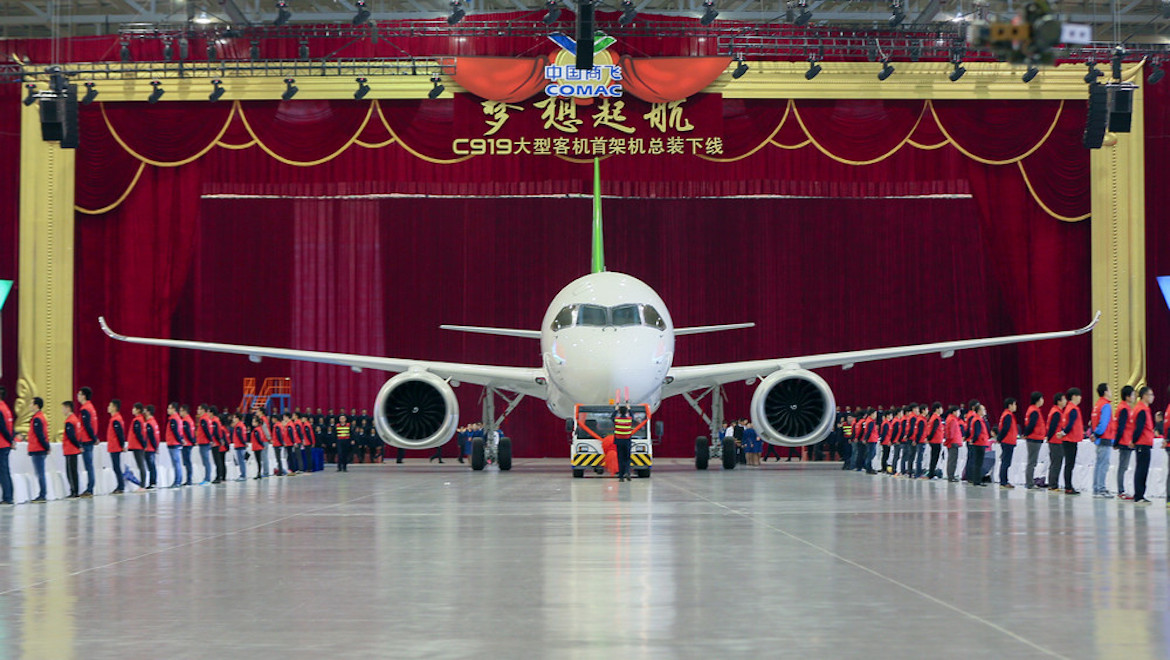
Apart from these contenders in the larger single and twin-aisle space there are also two new regional jet players, Russia’s Sukhoi with its Superjet, which is already in service, and Japan’s Mitsubishi Regional Jet, not expected to begin deliveries until next year.
(Editor’s note: The Mitsubishi Regional Jet was renamed SpaceJet after this story was published.)
The first thing that is significant about all of those projects is that while they are hailed as being major planks in the advancement of their countries’ aerospace industries, the vast majority of components, including the engines, come from western manufacturers. For example, review of the components in the C919 shows that the engines are CFM Leap-1 with other imported systems including the APU (auxiliary power unit) from GE, the flight control system and the fuel system from Parker Aerospace of the US, electrical systems from Honeywell, the weather radar from Rockwell Collins, wing anti-icing from Liebherr of Germany, engine thrust reversers from French Aircelle and tyres from Michelin in the US.
The Sino-Russian joint venture CRAIC disclosed in February it was close to finalising a decision on the engines for the CR929. The choice is between upgraded versions of General Electric’s Genx and Rolls-Royce’s Trent 1000. CRAIC is expecting fuel efficiency of the powerplants to be improved by at least 10 per cent. Requests for proposals to supply other elements, such as avionics, computer management systems and landing gear have also been issued with decisions expected to be made through this year.
In the meantime, Moscow has awarded a $1.13 billion contract to United Engine and Aviadvigatel to develop a demonstrator powerplant named the PD-35-1 by 2023. It is expected to have over 70,000lb (312kN) of thrust and mimics the structural configuration of the 787’s GEnx-1B engine. It will feature several state-of-the-art technologies, including wide-chord composite fan blades and a composite fan case, ceramic matrix composites and advanced cooling systems. The Chinese government has also thrown its weight behind local development of an engine capable of competing with western engines but it is some years from production.
Overall, the cost of the CR929’s development has been put at around A$28.5 billion. The initial version – a full-size model was on show at last year’s Zhuhai Air Show – is the CR929-600, configured for 280 passengers in a three-class configuration or up to 400 in a single class. The range is 12,000km (6,490nm) with a maximum takeoff weight of 242 tonnes. Similar in length to the Airbus A330-900, the aircraft does have a wider cabin designed for nine across seating rather than eight in economy.
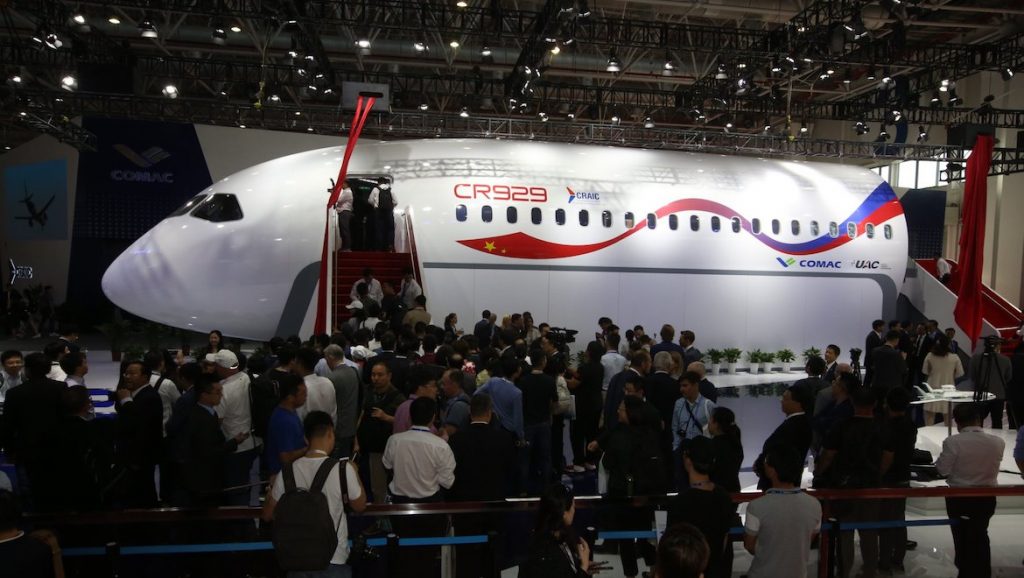
According to the development schedule, the concept design will be completed by the end of this year or early in 2020 and the design definition frozen in 2022. First flight is planned for 2025 followed by 18 to 24 months for flight tests, with certification targeted for 2027. Two other versions are planned, the smaller CR929-500 seating 250 with a range of 14,000km (7,560nm) and the CR929-700, seating 320 with 10,000km (5,400nm) range.
Richard Evans, senior consultant at Flight Ascend Consultancy, expects the CR929 to have a higher empty weight than the 787 and A350, while having the same level of engine technology. He says this is consistent with the -600’s quoted range of 12,000km, similar to the 242-tonne variant of the A330-300, which uses lower thrust and higher SFC (thrust-specific fuel consumption) engines.
“This thrust level has been set above what is perhaps really needed for the initial -600 variant, with a view to the aircraft being heavier than desired, plus an eye on the stretched version’s requirements,” he adds.
Analysts suggest delivery targets may be optimistic given the experience of other manufacturers, including Boeing and Airbus, with new models.
COMAC, for instance, announced in 2016 first delivery of its C919 would be in 2019. A year later it pushed that out to 2020 and last year said it wouldn’t be until 2021.

There are already some worrying indications cooperation between the Chinese and Russian sides on the widebody project may be fraying at the edges.
Russia’s Deputy Minister of Industry and Trade Oleg Bocharov, who is chairman of CRAIC’s Board of Directors, declared in April the first firm orders for the CR929 wouldn’t come until after initial test flights, which he said were expected in 2023.
That contradicted a statement by Yang Yang, COMAC’s deputy director of marketing and sales, who told delegates at the Asian Business Aviation Conference and Exhibition (ABACE) in Shanghai the same month that the first orders for the plane are likely to be booked by the end of this year.
Yang said several dozen orders are expected from Chinese, Russian and even European companies.
Whoever is right, the latter of these is unlikely. If previous experience with the ARJ21 regional jet and the C919 is anything to go by, Bucharov at least agreed with that assessment, saying the first customers could be state-controlled Aeroflot, Russia’s largest airline, along with China’s state-owned carriers.
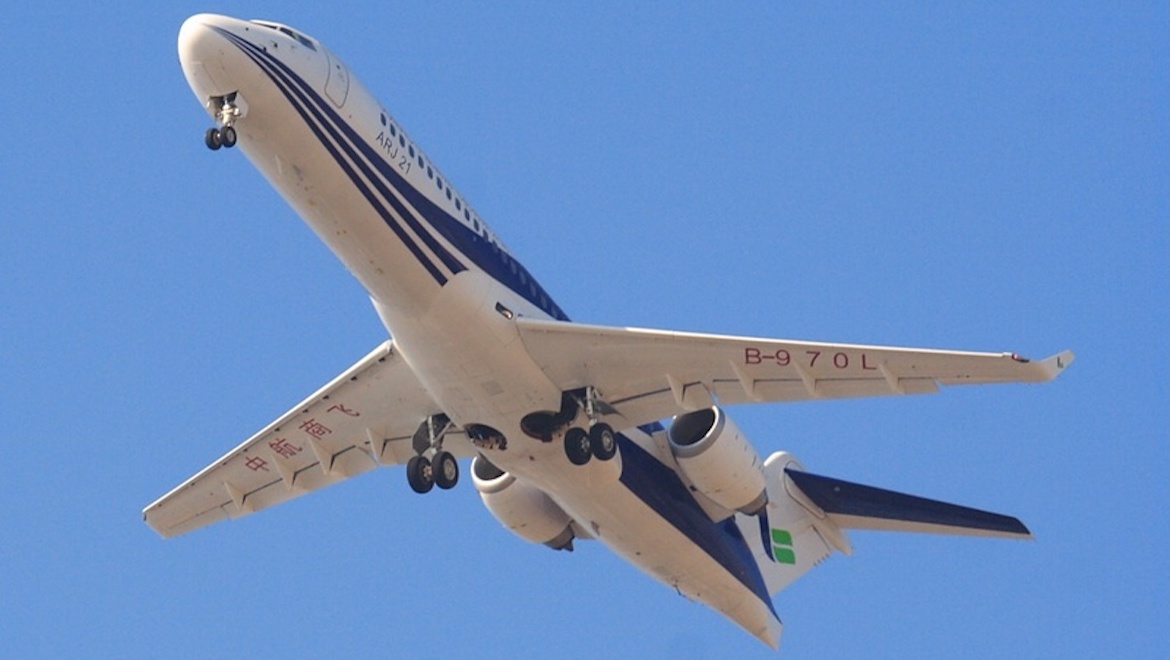
As with any new aircraft CRAIC needs to sell enough planes to eventually defray development and production costs. At last year’s Airshow China in Zhuhai the partnership said the global market for the CR929 over the two decades beginning in 2026 will be around 800 units, with only 50 to 120 going to Russian operators.
Also in April, Russian partner UAC was forced to issue a public statement strenuously denying media reports in Russia the CR929 program was under threat because of alleged disagreements between the Russian and Chinese program participants about sales management.
“China did not offer Russia to distribute sales on the CR929 program. UAC and COMAC do not plan negotiations on that matter. Sales of these airplanes are one of the major responsibilities for CRAIC and UAC does not consider giving up the current parity partnership and investment sharing on the CR929 effort.
“The principles of equal rights, responsibilities, and mutual interests of the two sides are forged in the government-to-government agreement signed in 2016. According to it, the Engineering Center, a 100 per cent daughter company of CRAIC, shall be created to manage CR929 design and development. Right now, the two parent companies are working with Russian and Chinese certification agencies in order to determine the best certification strategy from the viewpoint of the project’s commercial efficacy.”
Whether there is unrest in the camp remains to be seen but Russian Minister Bocharov and UAC resident Yuri Slyusar are visiting Beijing for talks on several matters, including issues relating to “ways of cooperation” on the C929. There is also an unanswered question over who should issue the type certificate for the plane. Both Moscow and Beijing want to take the honours.
As for the C919, despite a large number of orders (launch customer is Shanghai-based China Eastern Airlines), it may also face some hurdles. While it will be around 30 per cent cheaper than its US and European counterparts at an estimated A$70 million, with such a long lead time before it enters commercial service there are fears it could quickly become outdated in terms of economics and operational efficiency against ever-improving Airbus and Boeing single-aisle models.
Similar to the A320, the fuselage is five inches wider and it has been reported one advantage it has over the A320neo and the 737 MAX is a more efficient composite wing.
It is powered by CFM’s LEAP engine. A Chinese produced engine is available but it is nowhere near as efficient as the western offering. Interestingly, after the recent grounding of the 737 MAX, Wu Guanghui, vice president of COMAC and the C919’s chief designer, took to Chinese domestic media to tout the goal of entering the global marketplace, saying the company has applied for certification in Europe, with the goal of gaining approval in three to four years. Gaining such certification, not only in Europe but in the US and elsewhere, will be crucial for any foreign sales.
Russia’s new contender in the single-aisle stakes is the Irkut MC-21-200. Its maiden flight was in 2017 and Irkut, a unit of state-controlled technology conglomerate Rostec, completed the test flight of its third production model in March this year. It believes sales could reach 1,000 by the 2030s, with buyers mainly being in Russia and former Soviet states.
It is known, however, that sanctions imposed by the US and the European Union have limited parts procurement from overseas suppliers causing development delays and increased costs. The MC21-200 will have around 150 seats, comparable to the Boeing 737 MAX 7 and the Airbus A220-300, while the MC21-300 will have about 175 seats, comparable to the Boeing 737 MAX 8.
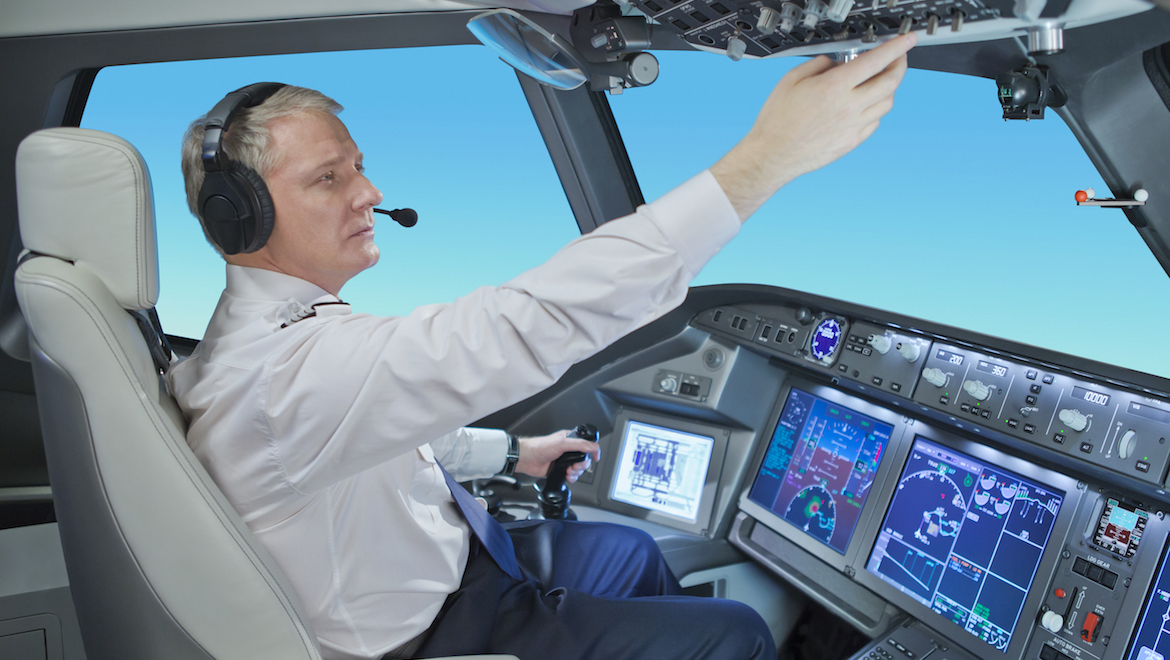
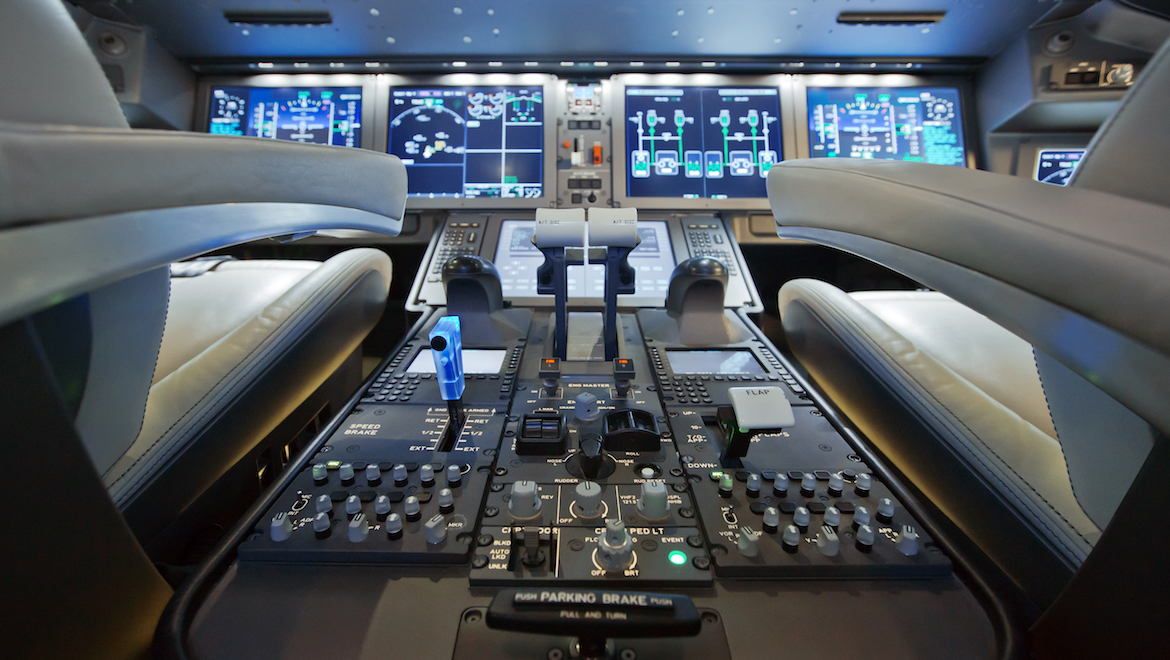
Current aircraft have Pratt & Whitney GTF engines and a report by consultants Air Insight suggest that along with new materials, advanced aerodynamics, and major systems supplied by western vendors, the plane is a strong potential competitor to Airbus and Boeing.
It “appears to be an excellent aircraft” that can compete with similar models from Airbus and Boeing, said the report, although pointing out sales outside Russia will be hampered by concerns over maintenance and geopolitics.
Minister Borisov has said the first aircraft to be produced in mass production is expected to be powered by Russian-made PD-14 engines.
The big question, however, is how good will these aircraft be in commercial service and when will they mount a serious challenge to Airbus and Boeing? It won’t be easy since the big two are so well entrenched with the world’s airlines, despite Boeing’s current issues with the MAX series. They will sell in China and Russia because these governments essentially give their local carriers
no-choice but to place orders. For airlines outside of those spheres there are serious questions based on history. Can we rely on them? Are they any better than offerings from Seattle and Toulouse? Will the support chain and spare parts be in place?
Clearly, lessors and financiers will be uncertain about the CR929’s liquidity and residual value outlook and will be nervous about financing it until it proves its worth.
An insight into the prospects was given in data and analytics provider FlightGlobal’s 2018 Flight Fleet Forecast. It appears relatively optimistic, suggesting deliveries of the CR929 and other in-development widebodies will have potential sales of A$155 billion and could break the widebody duopoly of Airbus and Boeing in a decade.
But it concedes that most demand, inevitably, will come from Russia and China, forecasting 61 per cent of orders will come from China and 11 per cent from Russia, with a small number going to Africa, Asia Pacific and the Middle East. Experience tells the story. Of 223 ARJ21s on order, 206 are with Chinese carriers and leasing companies. Irkut’s entire backlog of 175 MC-21s are from Russian companies.

Experience with an earlier Russian regional aircraft, the Sukhoi Superjet, or SSJ100, in particular has been a salutary lesson to Western airline customers. Mexico’s InterJet started operations with the Superjet in 2013 and has announced it is now “phasing out” an unspecified number of the planes and ordering 20 more A320s to replace them.
That followed several operational challenges including defects to the aircraft’s stabiliser nodes which forced it to ground half its 22-strong SSJ100 fleet in early 2017. Aircraft have been cannibalised for parts. That “indicates a failure in spares support”, said one analyst.
It has caused other potential export customers to seek guarantees from Superjet and other Russian OEMs before even considering an acquisition of aircraft. Sukhoi Civil Aircraft (SCAC) is attempting to respond to the failure. At last year’s Farnborough Airshow SCAC president Alexander Rubtsov said the company was looking to invest heavily in European customer-support facilities, aiming to boost sales of Superjets to airlines outside Russia.
“It is a lesson we have learnt, to make sure that airlines are fully satisfied with our aircraft. This includes training facilities, improved spare part supplies and MRO facilities,” he said.
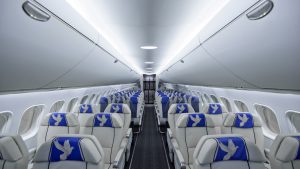
He added that such facilities will be part of a larger network that would also support fellow Russian-built commercial aircraft like the MC-21 and CR929 when they enter service.
For the Sukhoi Superjet, however, an even darker stain on its reputation has been two fatal accidents. The first was on May 9 2012, when one of the planes on a demonstration tour in Indonesia crashed on Mount Salak, in the province of West Java. It had taken off minutes before from Jakarta’s Halim Airport and all 37 passengers and eight crew were killed.
It was carrying Sukhoi personnel and representatives of various local airlines as well as media. The subsequent investigation concluded that the flightcrew was unaware of the presence of high ground in the area and ignored warnings from the terrain warning system, incorrectly attributing them to a system malfunction while their view was obstructed because of thick cloud cover.
It was also established that in the minutes leading to the accident, the crew, including the captain, were engaged in conversation with prospective customers present in the cockpit.

Then, last month (May), another Superjet operated by Russia’s Aeroflot exploded in flames on landing at Sheremetyevo Airport in Moscow.
It was returning after apparently being struck by lightning shortly after takeoff. The incident resulted in the death of 41 of the 78 passengers and crew.
While the investigation is in its early stages a lightning strike should not have caused such a disaster because modern airframes are designed to conduct electrical currents safely across their exterior surfaces. If, as some have suggested, the lightning caused damage to the Superjet’s internal electrical components, questions will need to be asked about the design of the aircraft. Equally, investigators will need to know why the pilots attempted an emergency landing without first dumping fuel in order to reduce the risk of damage if the kerosene ignited.
Away from China and Russia, there is another contender in the regional jet market. In Japan, the 90-seat Mitsubishi Regional Jet is the first airliner built in that country since the 1960s. It has also been plagued by delays and first delivery to launch customer All Nippon Airways has already been pushed back five times until 2020.
It finally began certification flights at Moses Lake, Washington in the US in April. It has won 213 orders and 194 options but has already had 45 cancellations. Also adding to Mitsubishi’s challenges is a lawsuit filed by Bombardier in Seattle last October, accusing the Japanese company of acquiring secret information and causing Bombardier “to suffer irreparable financial loss”.
Mitsubishi counter-sued, denying the Montreal-based company’s accusations and saying that it violated antitrust laws through “a multifaceted scheme to expand its power within the regional jet market by impeding the entrance of a new competing aircraft”.
For all of these aircraft, backup is a critical part of bringing new types of aircraft into service. Ordering and launching into commercial operations is a long and complex process but once they are flying passengers the airline has to be confident support services are in place to ensure they deliver on-time performance and that spare parts and service are available wherever they fly.
Rob Morris, global head of Flight Ascend Consultancy, says that UAC and COMAC can learn lessons from Sukhoi in creating a global support network that covers spares, maintenance and training, should they hope to penetrate international markets.
Flight Ascend’s senior consultant Richard Evans has similar sentiments, saying “it is even more critical for the CR929 as a long-haul aircraft . . . aircraft-on-ground issues thousands of miles from home are extremely costly and disruptive if not resolved quickly. I would expect any Chinese-operated fleets of CR929s to be flown domestically at first, before airlines have the confidence to deploy them on key European or North American routes.”
There is another wild card in the pack. Global trade tensions, particularly those between the US and China, are a concern because any retaliatory tariffs could make Western systems more expensive for CRAIC to install on the CR929 and there could be disruptions to the supply chain.
While these tensions do appear to be easing and a US-China trade deal is said to be in the offing it remains a potential unknown element in producing aircraft that rely on so many Western systems. But Flight Ascend’s Morris notes that aircraft programs are “long-term enterprises” and that “today’s increasing trade tensions could hopefully be a relatively short-term phenomenon”.
He argues that it would be “high-risk for Comac and UAC to view the present tensions as drivers to their selection process, because once they have selected a key supplier it will be challenging to change at any point in the program.” The truth is, however, that when it comes to expanding the sales portfolio outside China and Russia, and really competing with Airbus and Boeing, right now it’s not so important.
Boeing forecasts the Chinese market over the next 20 years at 7,690 planes worth $1.2 trillion. Deliveries of the CR929 and C919 to Chinese carriers alone will keep production lines for both busy for some time.
VIDEO: A look at the flight test of the MC-21-300 in March 2019 from the Irkut Corporation YouTube channel.
This story first appeared in the June 2019 edition of Australian Aviation. To read more stories like this, become a member here.

